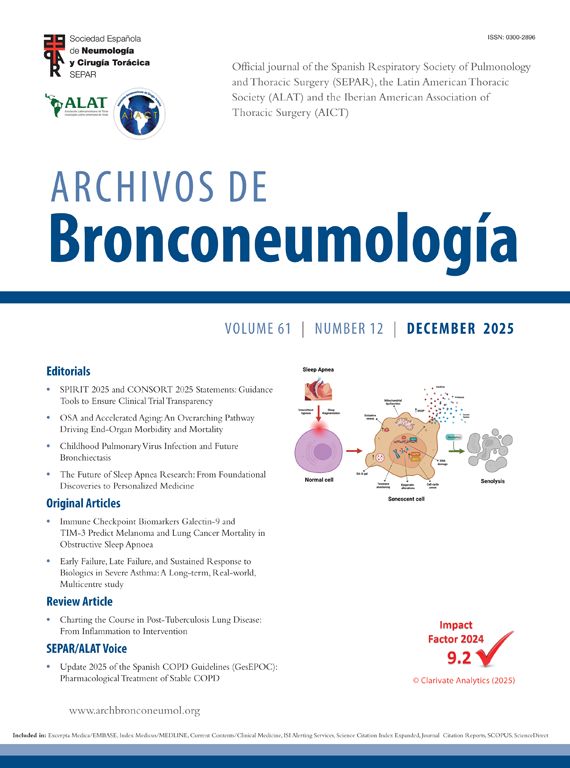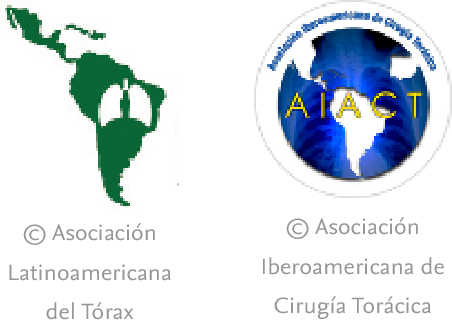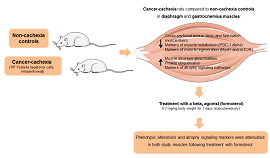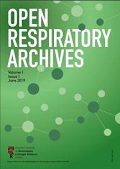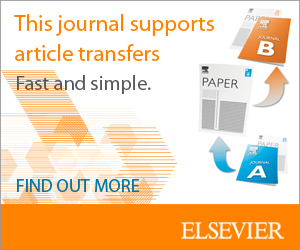Adenotonsillar hypertrophy is the leading cause of obstructive sleep apnea syndrome (OSAS) in childhood. The treatment of choice is currently adenotonsillectomy (ATT),1–3 but defining ATT and its effectiveness, and determining whether or not this is really the best approach calls for a review of all available evidence.
In one of the first meta-analyses published, ATT efficacy was reported to be 82.9%; however, in subsequent systematic reviews this figure ranges between 59.8% and 66.3% and is even lower in obese children (12% for the apnea/hypopnea index [AHI] < 1/h and 49% for AHI < 5/h). The prospective NANOS study, performed in obese children in the general population, showed that 43.5% had residual OSAS.4 The Childhood Adenotonsillectomy Trial (CHAT),5 the only randomized controlled trial designed to assess the effectiveness of ATT compared to a strategy of watchful waiting, confirmed that surgical treatment improves sleep respiratory parameters (79% vs 46%), and obesity was, once again, identified as a factor for worse response to treatment. More favorable quality-of-life outcomes were obtained after ATT, but on the other hand, sleep-disordered breathing normalized without treatment in some children in the watchful waiting group.6 In addition to obesity, a history of asthma, OSAS severity, and age ≥7 years were identified as predictive factors for a worse response to treatment in a study that included 578 children, of whom only 27.2% achieved complete resolution of their OSAS (AHI <1/h).7 This shows the need for a more critical analysis of the true effectiveness of ATT, given that published success rates vary widely and different AHI cut-off points have been used, clearly suggesting that AHI alone is not a good measure of efficacy. Other polysomnographic or clinical procedures may have to be implemented to provide a better assessment of therapeutic efficacy in OSAS.
One suggested approach to assessing treatment efficacy in children with OSAS involves a “target organ” strategy; in other words, determining efficacy in terms of control of morbidity.8 ATT improves symptoms, quality of life, behavior, growth patterns, and cardiovascular parameters.1–3 The available evidence regarding neurocognitive effects is still contradictory,5 but a post hoc analysis of CHAT study data shows an improvement in certain cognitive and behavioral functions when only affected children are analyzed before and after ATT.9
The major question, then, is who to treat, since not all children with AHI >1/h develop morbidity. Strategies using biomarkers of organ damage10,11 are being developed to help us individualize treatment; this, in turn, will help monitor treatment efficacy. Similarly, serum levels of biomarkers such as C-reactive protein fall after ATT in children with OSAS, earmarking this parameter as a potential biomarker of residual OSAS.12 The use of metabolic markers has also raised some interest. While some studies, such as CHAT, found no changes, others showed significant improvements in insulin resistance and high-density lipoproteins after ATT.13 Another important factor is endothelial dysfunction. This clinically silent precursor of vascular atherosclerosis occurs in a significant proportion of children with OSAS, particularly when associated with obesity.8 As mentioned above, specific biomarkers may be useful indicators of endothelial dysfunction and response to treatment.8
An additional aspect of treatment concerns ATT-related complications: respiratory problems, the most common complication (9.4%), are 5 times more frequent in children with OSAS than without.14 Other surgical techniques, such as tonsillotomy, have been explored with the main aim of reducing complications. Tonsillectomy was compared with tonsillotomy in a recent meta-analysis; no significant differences were found in the resolution of OSAS, but the risk of recurrence after the less invasive procedure was significantly greater.15 Borgström et al.16 conducted a randomized controlled trial which showed that 13% of children who had undergone tonsillotomy required a second intervention.
Although most of the research and knowledge focuses on ATT procedures, we should not forget that other therapeutic options have become available.
Obesity is a clear risk factor and predicts worse response to ATT in children with OSAS. Dietary intervention is indicated in all obese children and particularly in those with mild OSAS without adenotonsillar hypertrophy, and improvements have been observed in respiratory parameters after a 50% weight loss.4 Both cohort studies and randomized trials focusing on medical treatment with topical nasal corticosteroids and leukotriene-modifying anti-inflammatories have demonstrated efficacy in children with mild OSAS.17,18 With regard to residual OSAS, Kheirandish et al.18 found a reduction in AHI of 3.9 ± 1.2 to 0.3 ± 0.3 in 22 children with mild residual OSAS post-ATT who received treatment for 12 weeks, whereas no changes were observed in the control group of children who did not receive treatment.
Craniofacial abnormalities are another predisposing factor for OSAS, and in these cases, orthodontic treatment can play an important role. Maxillary expansion devices increase the transversal diameter of the hard palate, thus improving AHI.19 No differences were observed between the two groups in a sequential randomized study of ATT followed by maxillary expansion compared to maxillary expansion followed by ATT, suggesting that combined treatment is needed. The evidence available on intraoral devices is still scant. Such studies would be of great interest, particularly if these devices reduce the frequency of residual OSAS, and if they are effective in the long-term prevention of adult OSAS.
There has been a growing interest in recent years in myofunctional therapy, particularly in the prevention of recurrence and/or treatment of persistent OSAS, and in relation to language and nasal breathing rehabilitation. However, it has not been adopted in routine clinical practice, and evidence of improvement is derived from non-randomized studies involving a small number of children.
Treatment with positive airway pressure is not curative, and its use in children is problematic, mainly because of lack of adherence, poor tolerance, and side effects. The few published series limited its use primarily to children with craniofacial abnormalities, severe residual OSAS, particularly in children with obesity, neuromuscular diseases, and surgical contraindications.1–3 Treatment with high-flow nasal prongs is a possible alternative to positive airway pressure, but the studies published to date are case series, and more research is required.20
To conclude, we believe that now, more than ever, the treatment of OSAS in children needs to be updated to reflect the state of the knowledge. An approach involving different therapeutic levels and treatment combinations is needed, breaking the spell of the “snoring-apnea-ATT” mantra, and paving the way toward individualized treatment. In addition to the implementation of stratified therapeutic algorithms, research in the next few years will focus on defining clinical phenotypes that are not exclusively based on polysomnography. Morbidity must also be taken into consideration, and biomarkers must be developed in order to select the right patients for each treatment. Aside from the need for studies into the latest therapeutic strategies that can minimize risk while maximizing effectiveness, our challenge is to develop efficacy measures that are not based exclusively on AHI.
FundingDG receives financial support in his position as the Herbert T. Abelson Professor of Pediatrics and research funding from the National Institutes of Health contract no. HL130984.
Please cite this article as: Alonso-Álvarez ML, Brockmann PE, Gozal D. Tratamiento del síndrome de apnea obstructiva del sueño en niños: más opciones, más confusión. Arch Bronconeumol. 2018;54:409–411.

